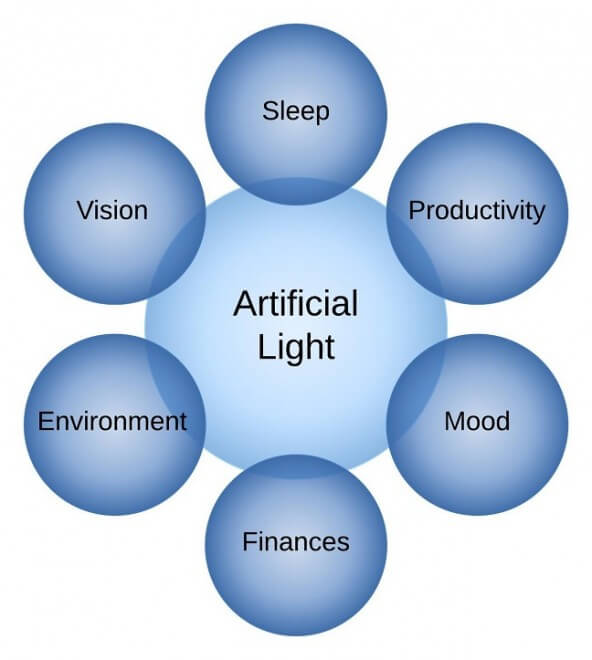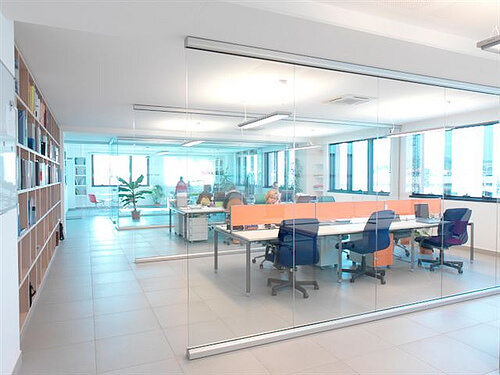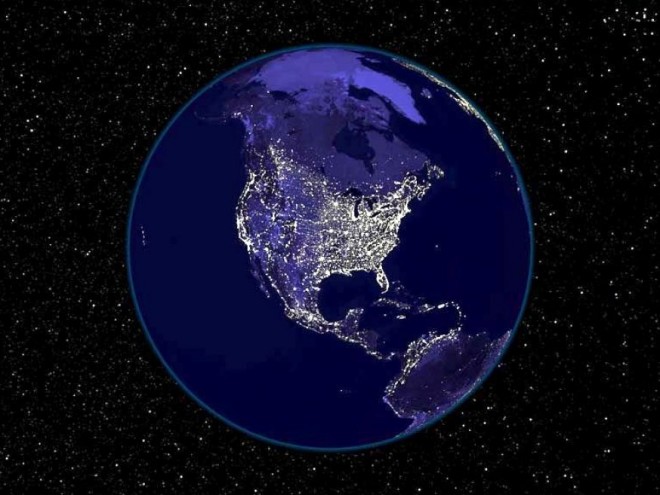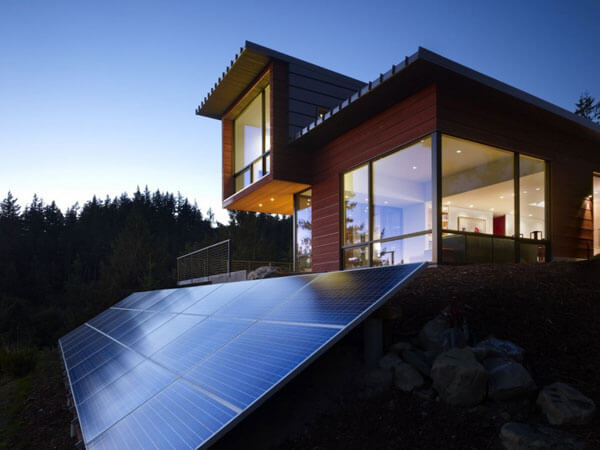Human Centric Lighting: Improving our Lives with Light
Posted by Joshua Prieto on Nov 27th 2015
The Birddog team recently stumbled upon a wonderful article by Stan Walerczyk’s called, Human Centric Lighting. I thought I would take some time to share what we learned from this article and how it has changed our thoughts and expectations of the lighting industry.
Defining Human Centric Lighting
It is amazing how easily overlooked lighting can be. It is something we use daily and it is vital for just about every task we complete, but we rarely pay any mind to it until we’re caught without it. Even more stunning is the fact that poor lighting negatively affects our lives and yet our homes, workplaces, and recreational areas are filled with it. This is largely due to the fact that lighting technologies have only recently allowed us to design our lighting in a way that improves our lives and the environment. LED technology is the catalyst to what is now being termed Human centric lighting, which is lighting designed to improve our environment and our lives
How Artificial Lighting Effects our Lives

Artificial Lighting and Sleep
Before the advent of electric lighting we largely depended on the light from the sun. Sunlight has consistent variations of intensity and kelvin color temperature (CCT) throughout the day; in the morning we have a lower intensity and color temperature that rises with the sun, by midday the intensity and color temperature peaks and starts to decline again towards evening and night where color temp and intensity is low. These natural variations of sunlight are a part of an internal clock called our circadian rhythm and it’s largely what helps our bodies know when to sleep and to awake. It’s no wonder that the steady electric light we typically have in our offices and homes can throw off our eternal clocks and cause issues with sleep. Changes in lighting technology specifically with LED lights now allow us to change color temperature and intensity of light to match the time of day. Studies have been done showing improved health and sleep patterns with the use of these newer lighting technologies that moderate color temp (commonly called kelvin changing) and light intensity. For more information we’ve found HumanCentricLighting.com to be a good resource.
Lighting’s effect on productivity
 The different ways we react to varying intensities and color temperatures can help or hinder our productivity. Studies in Walercyk’s article and found elsewhere show that work spaces that are poorly lit with warmer color temperatures are less productive than work spaces that are well-lit and use a cooler color temperature. The science behind this shows that white light that carries more blue hues within it has a higher frequency and is more stimulating to us than the redder hues found in a warmer color temperature; this helps us to be more alert in spaces that are well lit with a cooler color temperatures. To create lighting that promotes our productivity we only need to take advantage of our reaction to light intensity and CCT. The use of kelvin changing lights discussed above can help create that more productive space or just replace lights in work areas to a cooler and more intense light.
The different ways we react to varying intensities and color temperatures can help or hinder our productivity. Studies in Walercyk’s article and found elsewhere show that work spaces that are poorly lit with warmer color temperatures are less productive than work spaces that are well-lit and use a cooler color temperature. The science behind this shows that white light that carries more blue hues within it has a higher frequency and is more stimulating to us than the redder hues found in a warmer color temperature; this helps us to be more alert in spaces that are well lit with a cooler color temperatures. To create lighting that promotes our productivity we only need to take advantage of our reaction to light intensity and CCT. The use of kelvin changing lights discussed above can help create that more productive space or just replace lights in work areas to a cooler and more intense light.
Our moods under light
Almost entirely related to how light effects our sleep and our productivity light influences our moods. If you want to set an atmosphere of calm and serenity you’ll most likely have a lower intensity warmer light to foster those moods. If you wanted to set an atmosphere of energy and excitement you’ll have bright lights and cooler color temperatures. If we are creating spaces that use human centric lighting we also want our light to influence and strengthen the moods. Careful thought in how the space is going to be used and what type of lighting will foster the moods we want present in such a space will again create an environment that is human centric.
$$$ Financing Lighting $$$
 The U.S. Energy Information Administration estimates that lighting is about 12% of the U.S electricity consumption. Climate policy initiative, estimates that total annual energy spending is in the ballpark of $290-610 billion. If we assume 12% of our energy spending is being used for lighting that’s $34.8-91.5 Billion spent in lighting each year. There is really no way around it, artificial lighting effects our lives financially. Each person, organization, or community has varying degrees on how much lighting effects them financially, but we all pay for artificially lighting. Human Centric Lighting addresses the impact lighting has on our wallet through use of more efficient lights and lighting controls. Smart lighting systems allow us to reduce the waste and misuse of lights and more efficient LED lights use less energy, last longer, and have little to no issues running in varying climates. Artificial lighting is and can be designed to benefit our pocket book.
The U.S. Energy Information Administration estimates that lighting is about 12% of the U.S electricity consumption. Climate policy initiative, estimates that total annual energy spending is in the ballpark of $290-610 billion. If we assume 12% of our energy spending is being used for lighting that’s $34.8-91.5 Billion spent in lighting each year. There is really no way around it, artificial lighting effects our lives financially. Each person, organization, or community has varying degrees on how much lighting effects them financially, but we all pay for artificially lighting. Human Centric Lighting addresses the impact lighting has on our wallet through use of more efficient lights and lighting controls. Smart lighting systems allow us to reduce the waste and misuse of lights and more efficient LED lights use less energy, last longer, and have little to no issues running in varying climates. Artificial lighting is and can be designed to benefit our pocket book.
Lighting and the Environment
The high energy consumption of lighting (461 billion kilowatthours a year) takes a toll on the environment when our main source of energy is fossil fuels. Lighting technologies themselves are not always manufactured and materialized in the most environmentally safe way. Florescent lights use hazardous mercury in them and the short lifetime of incandescent lights means hard to recycle glass is put into our waste systems. Lighting can be hard on our environment, but if we look at lighting in a human centric way we can create lighting systems that are sustainable to us and our environment. In many of the same ways that we can save money, human centric lighting uses efficient LED lights, lighting controls, and solor/wind harvesting to improve our environment. 
Our Devotion to You and Human Centric Lighting
Birddog always wants what is best for our customers and so the concept of human centric lighting fits right along with our values and beliefs. We believe that offering products and services that improve our lives and the environment is the right thing to do. We are continually devoted to you and to providing lighting that enriches your lives. If you have any comments, questions, or suggestions for us please reach out to me or the Birddog team!



